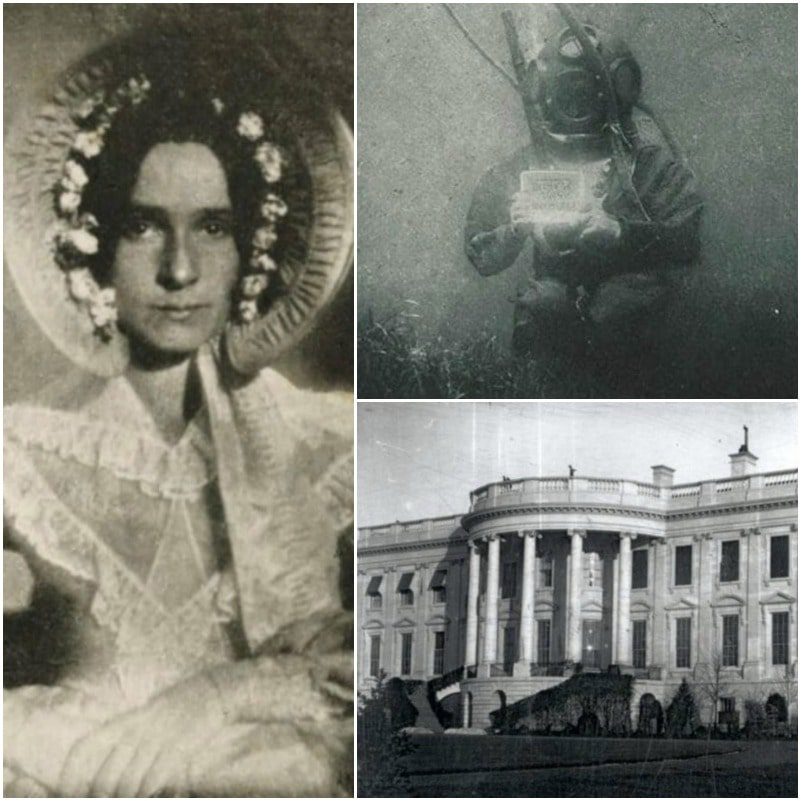25 Rarely Seen First Photographs Ever Taken of Things

Advertisement – Continue Reading Below
Photography has become an ingrained part of our lives and culture as whole that it seems surreal to think about the first ever photographs captured. In contemporary times, as everyone owns at least one smart phone, taking pictures becomes an incredibly easy task. We can snap many exceptional pictures now all with a mere touch of our finger on the screen.
Yet it is quite captivating to think and have a look at the very first pictures ever captured which are the pictures of different objects, entities and humans. These photographs also display a significant fact that how far the technological advancements have changed the nature of photography. We can produce high resolution photographs. Let’s witness the first photographs taken over time.
Advertisement – Continue Reading Below

